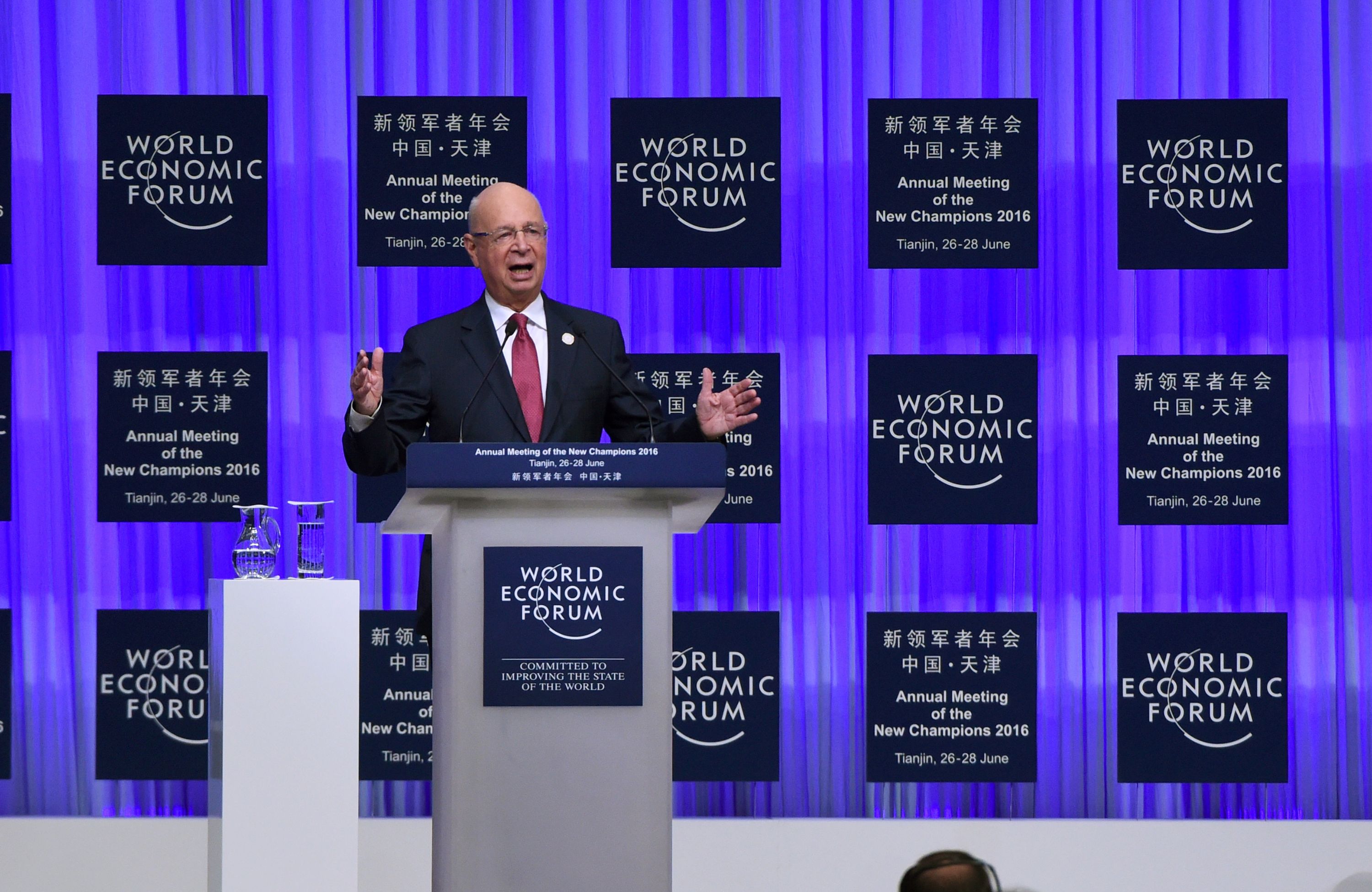Weakened Yuan Triggers Drop in Futures and Stocks in U.S., Europe and Asia
By Staff Writer
Weakening Yuan has driven market sentiment and resulting future markets in U.S. and Europe to drop. Asian shares also fell on Wednesday trading.
Bloomberg reported that most Asian stocks slumped along with U.S. and European index futures after China weakened the yuan. Nevertheless, Chinese equities advanced amid government efforts to shore up shares.
Futures on the Standard & Poor's 500 Index slid 0.8 percent, and MSCI Asia Pacific Index sagged 0.9 percent, while Australia's S&P/ASX 200 Index tumbled 1.2 percent.
Asian market responded negatively to the suspected nuclear test of North Korea in Wednesday morning. South Korea KOSPI Index fell 0.3 percent and Korean Won dropped 0.8 percent. In Japan, equities contracts on Euro Stoxx 50 and fell 0.5 percent. Pyongyang later confirmed that it detonated hydrogen bomb in the northeast testing site.
In the currency market, Chinese Yuan plunged to a five year low against US dollar. Weakening yuan has widened the gap between the currency rate inside China, or onshore and its offshore yuan. Angus Nicholson, market strategist at IG told CNBC News, "The spread between the onshore and offshore yuan has now reached some of the highest levels in the pair's history – a clear indication of both volatility and intervention."
Wall Street Journal reported that last Tuesday China's central bank had intervened in the foreign-exchange market to restore the weakening yuan. Previously, the People's Bank of China (PBOC) said it would pump 130 billion yuan ($19.9 billion) into the financial system. That is accounted as the biggest biggest single-day injection.
According to Wall Street Journal sources, the central bank use some Chinese biggest state-operated banks to buy yuan and sells US dollars to help the Chinese currency recover its Monday losses. Yuan dropped to 6.5199 against US dollar on Monday closing.
On Wednesday, Yuan reached 6.6915 against US dollar, as CNBC reported, and that value is at 2.1 percent discount to the onshore yuan's 6.5506 level. This is the lowest level since 2010 and PBOC has to set the onshore yuan midpoint rate at the weakest fixing since 2011, which is 6.5314 per dollar.The fix is a 0.22 percent decline from the previous session, and this decline is on a a faster pace than witnessed recently.
An analyst from HSBC on his research note said, "The combination of weak cyclical and structural forces is seen working against the currency."
In regard to the currency traction he added, "In the near-term, there could be stronger dollar demand against the onshore yuan as the latter's depreciation expectations remain entrenched."
The weakened yuan at the start of 2016 and the volatility of stock market has put risk on global economy. Along with the rise of U.S. interest rate and weak commodity prices, this gives an alarming signal to the world's economy.












